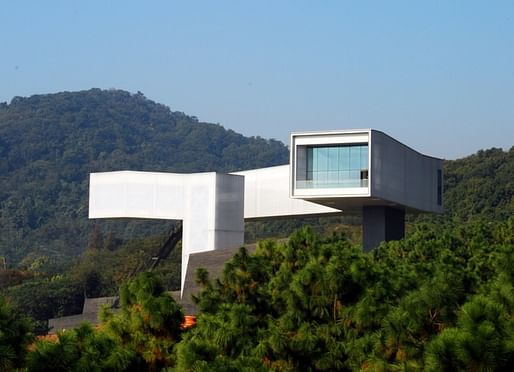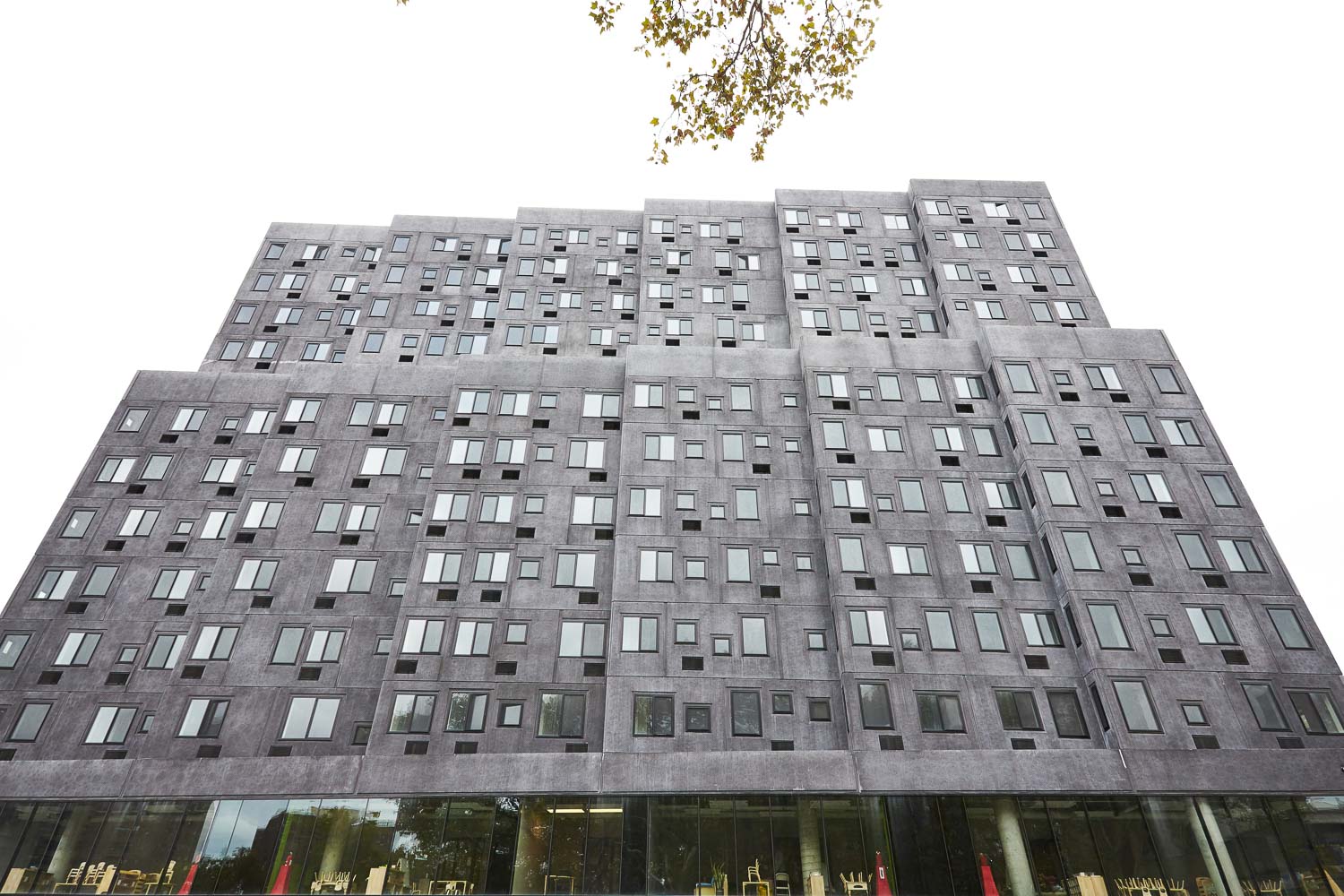
Next Wednesday, January 13, the 2016 Laureate of the Pritzker Architecture Prize will be announced. The winner will receive the Pritzker's bronze medal, $100,000, and an avalanche of "what does this mean for architecture" media attention.
Check back here for the winner announcement first thing Wednesday, but until then, revel with us in the contentious practice of Pritzker-Predictions! Our top 6 picks follow:
Steven Holl: the perennial prediction

↑ Sifang Art Museum in Nanjing, China
Holl seems like an obvious choice, and his name has certainly echoed before in prediction lists. His work is known for its impressive light choreography and has a far-reaching global roster of projects, most recently including the Reid Building expansion at the Glasgow School of Art and the Nanjing Sifang Art Museum in China.
DS+R: the buzziest

↑ The High Line in New York City.
If buzz were the judge, DSR would be a shoe-in. Their work on the High Line received criticism veering on rapturous, and while their Broad Museum wasn’t as widely beloved, they did make a building out of fog. A cocktail of intellectual urbanism, cultural icons and conceptual think-buildings could be worth the Pritzker’s $100,000.
Kengo Kuma: the safe option

↑ The Great Bamboo Wall in Beijing
Putting aside for now the coup d’ZHA that is the Tokyo Olympic Stadium, Kengo Kuma’s projects show what the Pritzker has dug before – a modernist sensibility applied with a distinctive commitment to the architecture of a given place (in this case, Japan). Plus, he’d be the first Pritzker-winner to have designed a Starbucks.
Santiago Calatrava: the drama king

↑ Ciutat de les Arts i les Ciències in Valencia, Spain
On the heels of Frei Otto’s 2015 win, Calatrava’s engineering marvels and infrastructural projects, while not always the most critically well-received, could be his advantage over the others.
David Adjaye: fresh and fierce

↑ Sugar Hill Housing Project in Harlem
Adjaye wouldn’t be the youngest Pritzker-winner (Ryue Nishizawa holds that title from SANAA’s 2010 win), but at 49 he’s already put together a very impressive portfolio of projects with positive connections to both the art and social welfare worlds.
Michael Maltzan: the Wildcard
valerio o
↑ Star Apartments in Los Angeles
The Los Angeles-based architect has done much for social programs in the city, working with the Skid Row Housing trust on multiple permanent residential housing projects for the formerly homeless. His aesthetic is immediately recognizable and has been praised for its potential to elevate design standards for social housing in general. But, he’s still the total wildcard.
63 Comments
Another telling comparison is the silly and shockingly schlocky Berkeley Art Museum by DRS compared to the great and sublime original concrete Berkeley Art Museum by Mario Ciampi.
What about Snohetta? They are another firm with typically good work and yet is always absent from this sort of speculation.
Adjaye's work is good, but is it great? I would put him in the same category as Allied Works or LAN from France - consistently nice buildings, respectful to their contexts while still being inventive...but Pritzker material? No. Not yet. Maybe in another 10 years.
Chipperfield is a solid, safe choice. Holl would be my vote but he is obviously cursed.
I feel like Archinect steered this conversation into a weird direction with the inclusion of DS+R. I wouldn't be surprised at all if the winner is someone off their list entirely.
Peter Eisenman? Robert A.M. Stern?
Like a true artist he signs his work.
Adjayes work is about as average and forgettable as the stuff being pumped out of the countless corporate firms...If Bjork wins I am voting for trump just to spite the world.....
Adjaye is too young as HotelSphinx noted.
Congratulations it Alejandro Arevena! So Well deserved!
http://www.archdaily.com/780203/alejandro-aravena-wins-2016-pritzker-prize
Good choice!
Fascinating outcome, and it appears the Pritzker jury has done a good job this year. Aravena's designs appear influenced by both Aldo Rossi and Louis Kahn. Not bad, albeit not entirely fashionable models for today's architecture. Kahn's example appears especially strong in Aravena's nearly complete Shanghai building for Novartis.
None of the above.
the announcement broke aravena's website
Even the institutionalization of the winner is complete already, for some reason, it makes all the predictions here passé. I guess it has been building up.
Block this user
Are you sure you want to block this user and hide all related comments throughout the site?
Archinect
This is your first comment on Archinect. Your comment will be visible once approved.